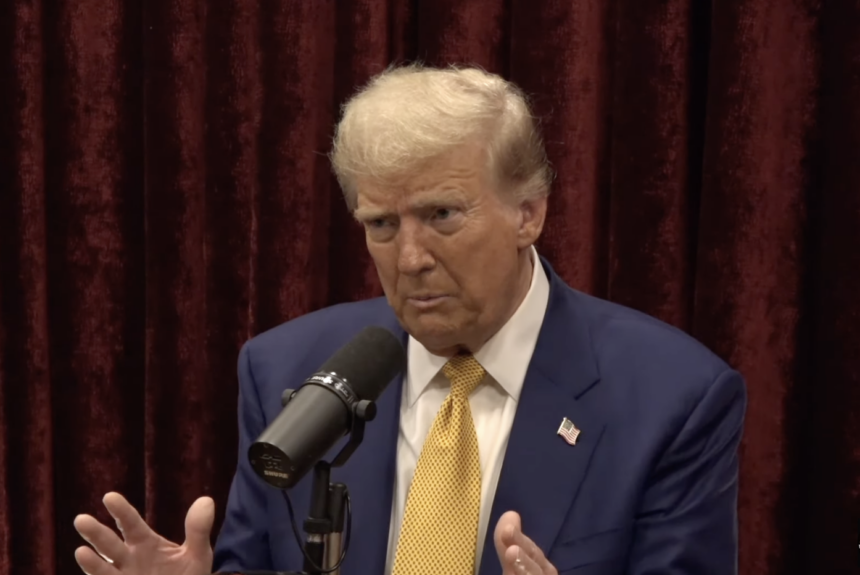Washington, D.C. is in a tizzy over President Donald J. Trump’s rescission of a slew of policies implemented under former President Joe Biden, and energy policies are receiving special attention in multiple executive orders (EOs). Trump withdrew from the Paris Agreement, ended the social cost of carbon, and ordered a halt to climate-related regulation and offshore renewable energy leases—all with the stroke of a pen. And that was just Monday.
These actions have drawn some predictably overwrought reactions—for example, Vox called Trump’s actions an “attack on climate progress.” Cutting through the hyperbolic articles, we should ask two important questions: How effective were these policies to begin with? And should executive authority be the primary vehicle for energy policy?
The purpose of climate policy is to lower emissions. We’ve covered it in other pieces, but command-and-control policies that rely on executive authority are among the least efficient forms of climate policy. This is partly due to limitations on regulatory authority, but more so because market forces tend to be more powerful in altering the dynamics of energy consumption—the primary source of greenhouse gas emissions.
Read more from R Street Institute here.
The views and opinions expressed are those of the author’s and do not necessarily reflect the official policy or position of C3.
